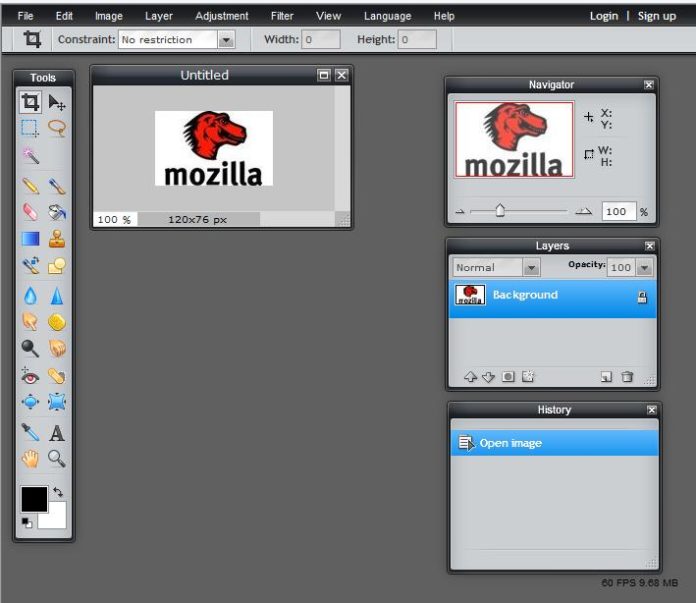Although the economy may be improving, web developers are increasingly being asked by clients about low cost web development. In this article we will show you how it is possible for developers to create, host and maintain websites cheaply, using free software, open source content management software and economical web hosts.
Initial Web Development Task: Determine Your Needs
The first step, like any other website project, is to determine just what you are going to create.
- Is your client (or your business) looking for an e-commerse website where products will be sold, or will you need to create a more interactive, socially active website?
- Will various people be publishing blogs, or will one person be in charge of publishing content?
- Do you need the ability for people to join the site, upload images and videos and post updates?
- Or are you creating a simple “brochure-ware” website that will remain static for the most part?
- What about a discussion forum? Advertising requirements?
The answer to these questions will determine your requirements, and as such, will help to direct you as you begin your project.
First Things First: Finding an Economical Web Host
Before we even finish the first sentence, understand that everyone knows someone who has the “best, cheapest web host” that is much cheaper than anything you could find. Given that everyone has an opinion on web hosts, we will just list a few with economical pricing and decent service. And no, we don’t have anything to do with these hosts, we don’t use them, but we think they are worth mentioning.
- Web Hosting Hub offers one of the best deals available right now. For $3.95 a month you get unlimited space and bandwidth, a free domain name, 24/7 technical support, a CPanel administration console, and support for Drupal, WordPress and Joomla (along with many other CMSes and scripts).
- Web Hosting Pad is another really economical (read: cheap) web host. For $4.45 a month for a years hosting, ($1.99 a month if you sign a 5 year contract), you get the same package as that of Web Hosting Hub listed above.
- 1and1.com is well known for being reasonably priced, with excellent support. Their plans start at $3.99 a month, but their Home plan is just a step up, at $6.99 a month (with the first 6 months free), and offers unlimited bandwidth and 150 GB webspace. It comes with two free (new) domain names, and they support the use of most Unix-based CMSes.
Which Content Management System to Use?
Obviously, if you have a choice, you’d be well served to use one of the more popular open source CMSes, such as WordPress, Joomla!, Drupal or DotNetNuke. They are relatively easy to install, have large developer communities, and plenty of extensions to add additional functionality to your website. Some hosts, such as Web Hosting Hub, listed above, come with the most popular CMSes already installed and ready to roll. Others, such as 1and1.com require you to install the CMS yourself. Keep that in mind when selecting your web host.
- Download Drupal
- Download WordPress
- Download Joomla!
- Download DotNetNuke
Online Web Development Tools
Even if you’re using one of the CMSes we just discussed, you will be likely to still need to use a few web development tools in the creation of your website. You will need a graphics editor to fine tune your site’s images. The Pixlr Online Image Editor provides developers with the ability to edit their images using an online image editor–and the images can be uploaded from your own computer, or they can be grabbed from an online URL. If you are hoping for PhotoShop, Pixlr will probably disappoint you.
Do you already have a favicon ready for your site? You should know what favicons are by now–they are those little icons that show up in your browser’s URL bar. If your site doesn’t have one, then your site’s users won’t see one. Creating a favicon used to be a real chore, but with the use of the Favicon Generator it’s as easy as selecting an image from your PC and clicking the Create Icon button.
In our next article, we will look at some of the free resources that are available for developers, including Eclipse, Microsoft Web Developer Express, as well as some of the lower priced web development tools.





